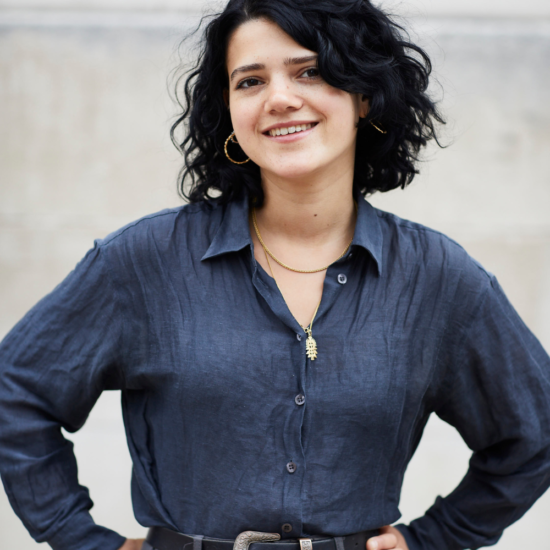Learning by listening
Find out what our Community of Practice has learnt about funding place-based systems change in the last two years.
In our October 2022 Community of Practice meeting, we reflected on how approaches to funding place-based systems change have progressed since we published our inquiry in 2020.
In the Save the Children funded research, as in the Community of Practice, we explored the perspective of both place-based organisations and national foundations and charities working in places.
Renaisi’s Place and Systems team facilitated a discussion with the community to explore:
- Intentionality: How funders build in learning and adaptation to take on different roles that may unlock structural change
- Scale: How to navigate questions about boundaries when defining the place you are working in

Across all the work a key theme that has emerged is listening, whether that be to grantees, local organisations, or residents.
Listening has enabled funders and practitioners to learn, adapt and build trust.
Learning and adapting
For national foundations and charities, taking a place-based approach is often about moving from delivering programmes targeting specific issues across the country to looking at themes within places.
Funders shared that they had to build new types of relationships with grant holders in their place-based work, engaging in deep listening to learn about how to fund effectively rather than just how funded work was being delivered.
This practice of listening to, and being led by, those in the place meant that adopting a place-based approach had forced funders to adapt and change the support they offered to their place-based grant-holders and how they delivered it, even in the midst of a funding programme. For example, one funder told us conversations with grant holders indicated that competition for funding was holding back learning and collaborative relationships among grantees in a place. They have since removed an element of competition from their programme.
The funders in the group felt that engaging in place-based work has moved them forward in their overall approach.
Defining boundaries can be problematic
Some national charities and funders had been led by levels of need in how they defined and targeted a place. This meant that the boundaries of a place would be led by the data collected about the issue, which was often at a Local Authority level.
One national charity shared that this approach to place can be particularly challenging within a London context, where boroughs can contain a huge range of communities and socio-economic experiences, that are not revealed in data-led approaches.
Others had found that when those applying to work with them were able to draw the lines around the place, they often defined them through sharing common social or economic experiences, such as working, shopping, or accessing services in an area.
National funders taking this approach found that it was more effective to clearly define the principles and themes that they hoped funded places would explore, rather than the outcomes they hoped they would achieve.
Place-based funders had a different experience. They felt that their relationship with the geographic area allowed them to:
- understand how people living in a place experience it, with awareness of neighbourhood boundaries, inequalities and divisions across communities;
- build trusting relationships with grassroots organisations in the place, allowing them to fund those organisations which might feel too “risky” for a funder that has not directly seen their impact in their community.
Practitioners reflected that funders were increasingly being led by applicants on the boundaries of a place, rather than defining it themselves. While this felt like a positive step forward, the group acknowledged that still might not align with how residents define a place.
Balancing what can be revealed through quantitative data with listening to residents and community-based organisations’ experiences of geographies is an interesting challenge for the community to take forward.
At the October community of practice, we were joined by:
- Centre for Social Justice
- National Lottery Foundation
- Plymouth Octopus Project
- The Rank Foundation
- Redbridge Council
- Save the Children
- Smallwood Trust
- Sport England
- Vocal Eyes
About the community of practice
The community of practice is open to place-based practitioners, working at any scale, and funders of place-based work. Find out more about the community.
The next meeting takes place on Wednesday 7th December 12:30-14:00. Please register here.
In it, we’ll explore some research into how people understand and approach systems change. In our experience, ‘systems change’ means different things to different people and the language used to describe it can feel overly academic. Last month, we published a blog setting out four approaches to systems change that aimed to clarify some of this. We found that there were four places people usually start from:
- Collaboration
- Complexity
- root causes, or
- from a single organisation point of view
We know systems change is all of these approaches, we’d like to understand where you’re coming from when you talk about ‘systems change’ and help to build our common understanding and learning.

- Want to find out more?
- Contact Kezia Jackson-Harman on:
- 2045244916
- k.jackson-harman@renaisi.com




